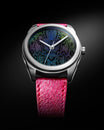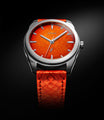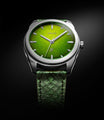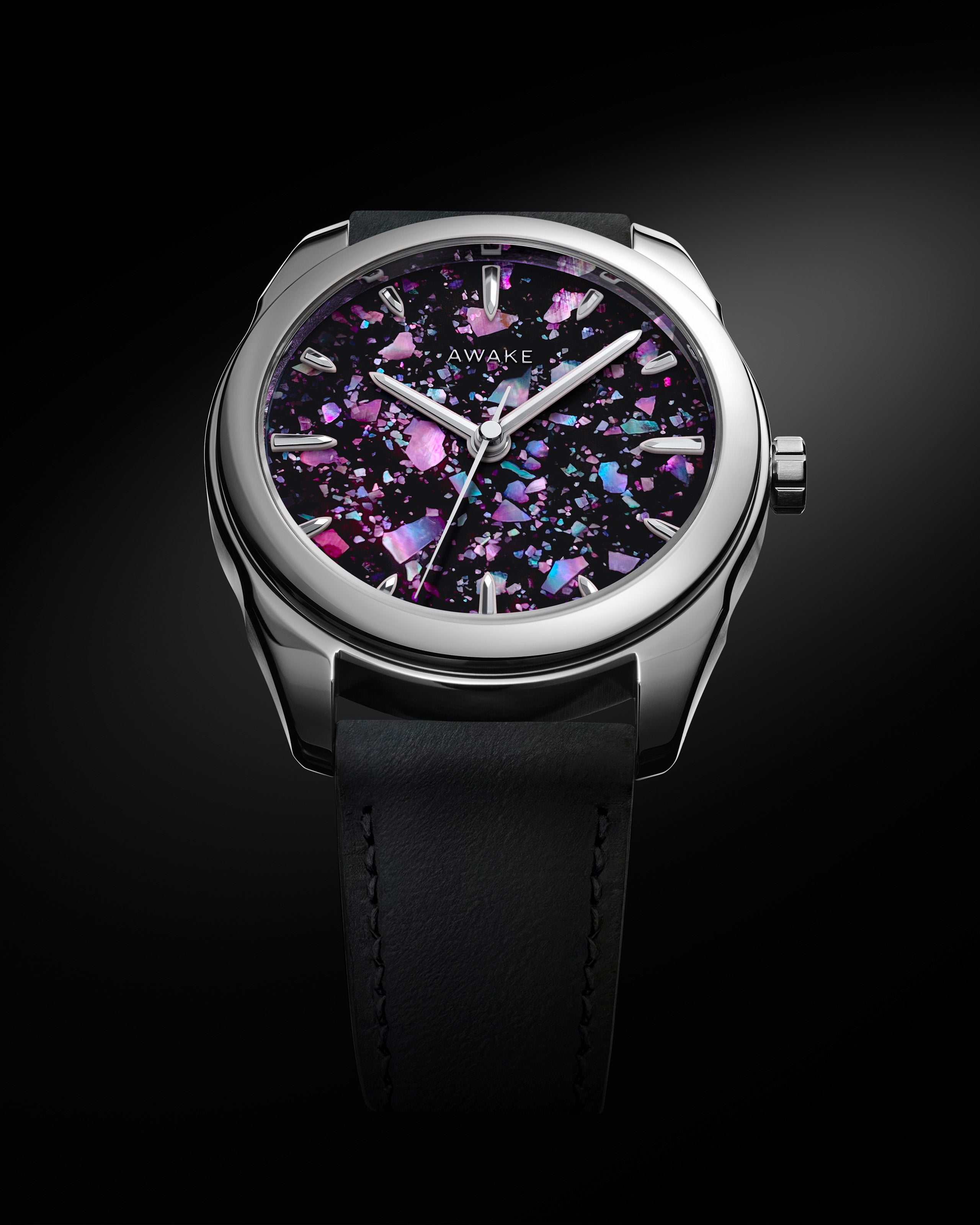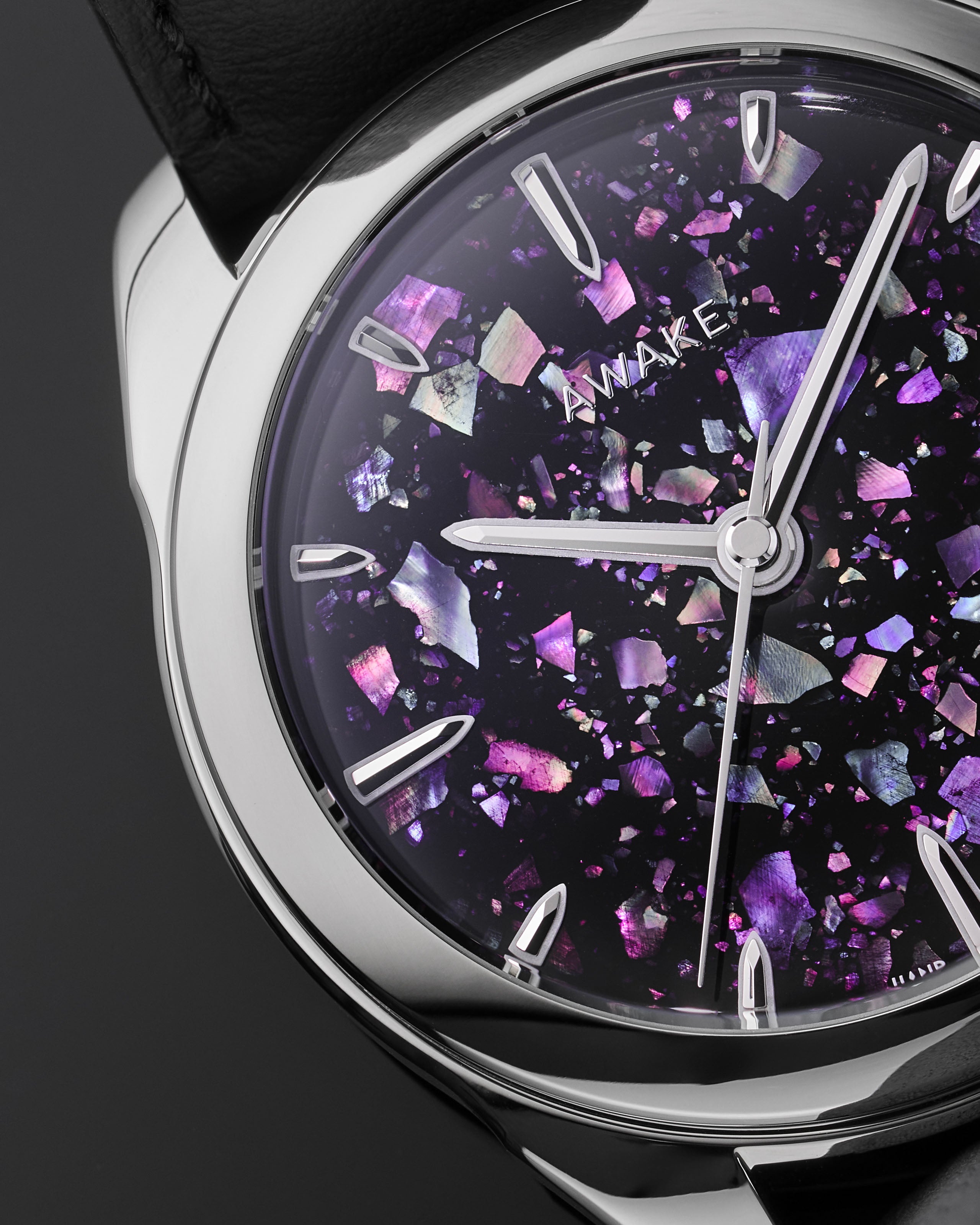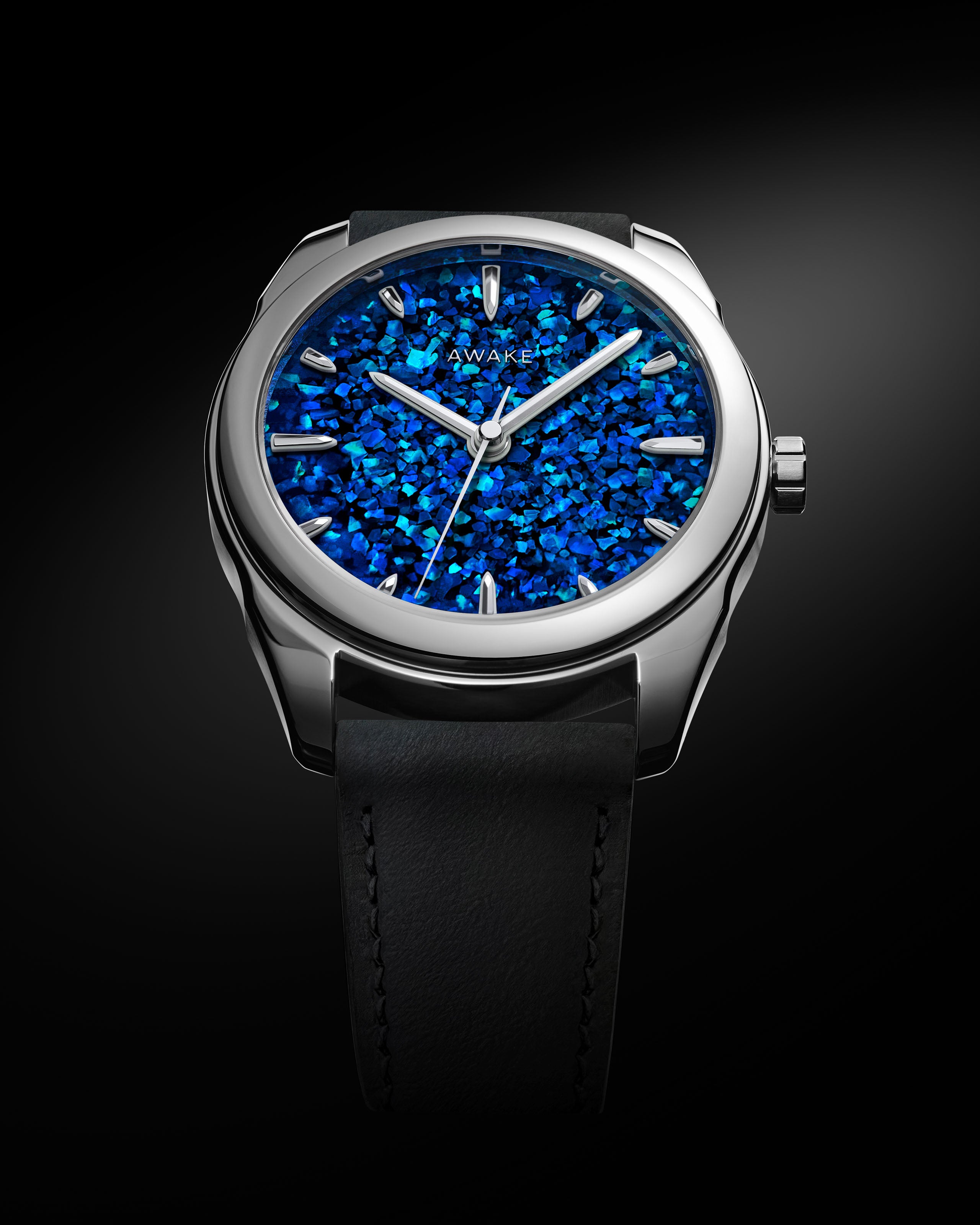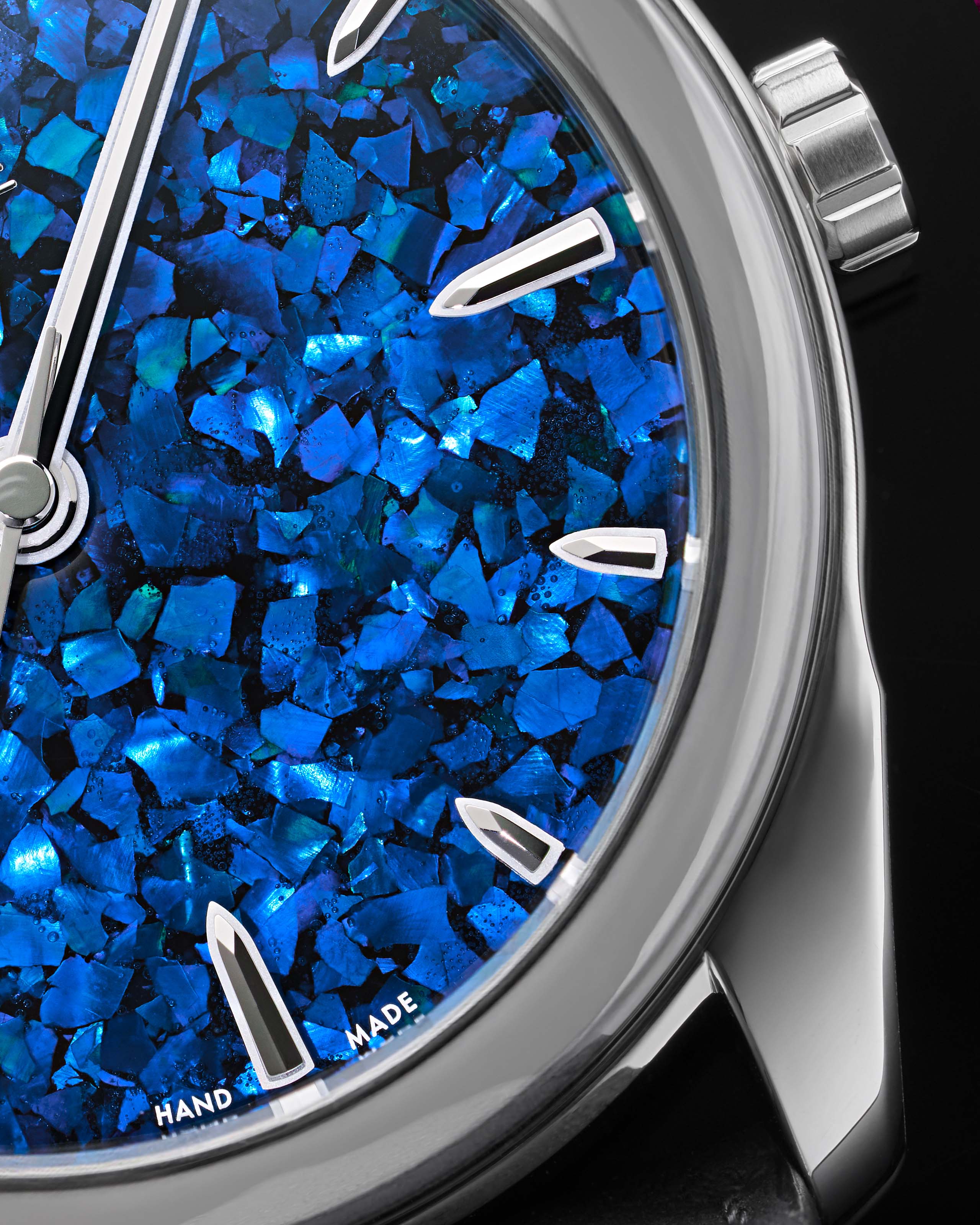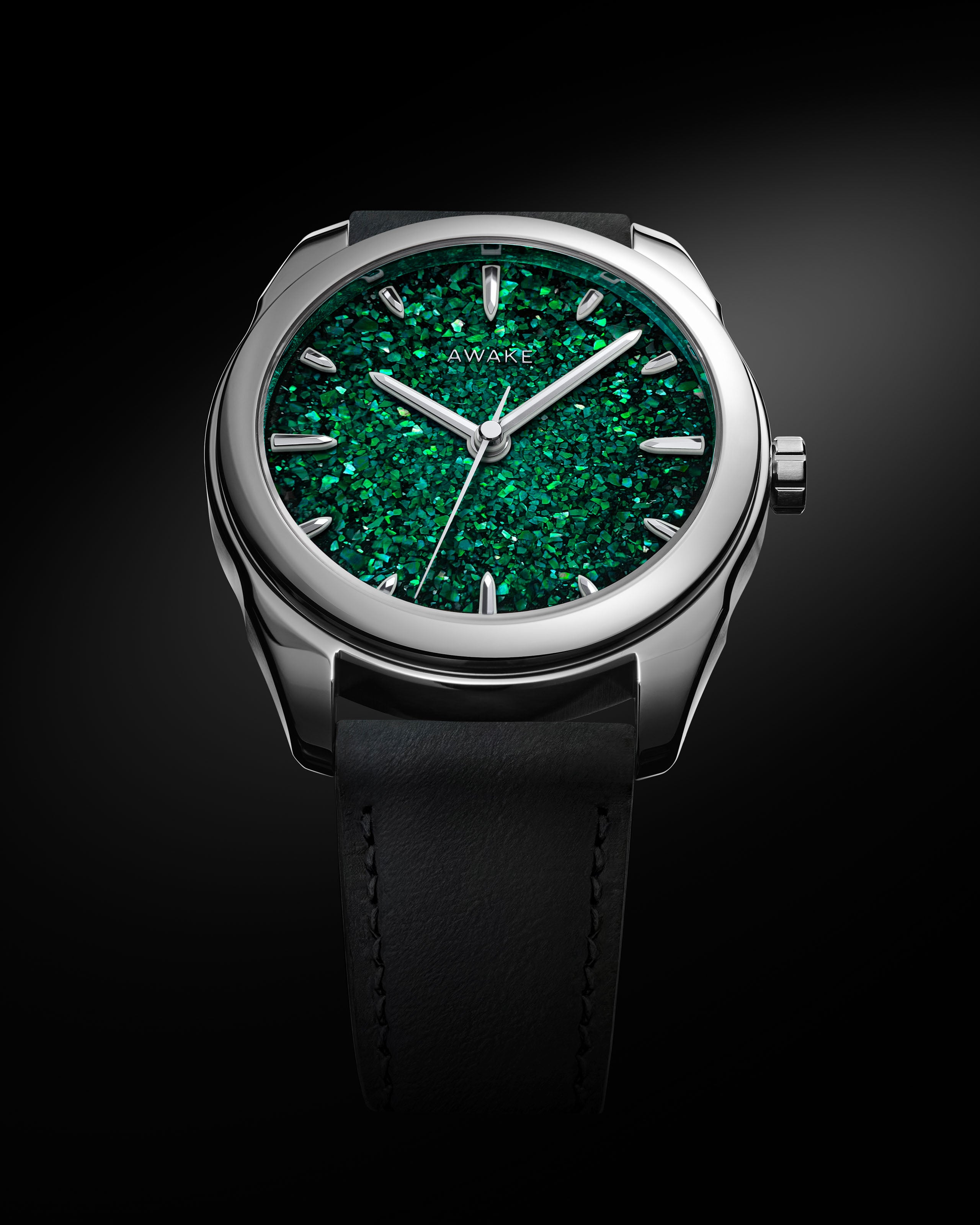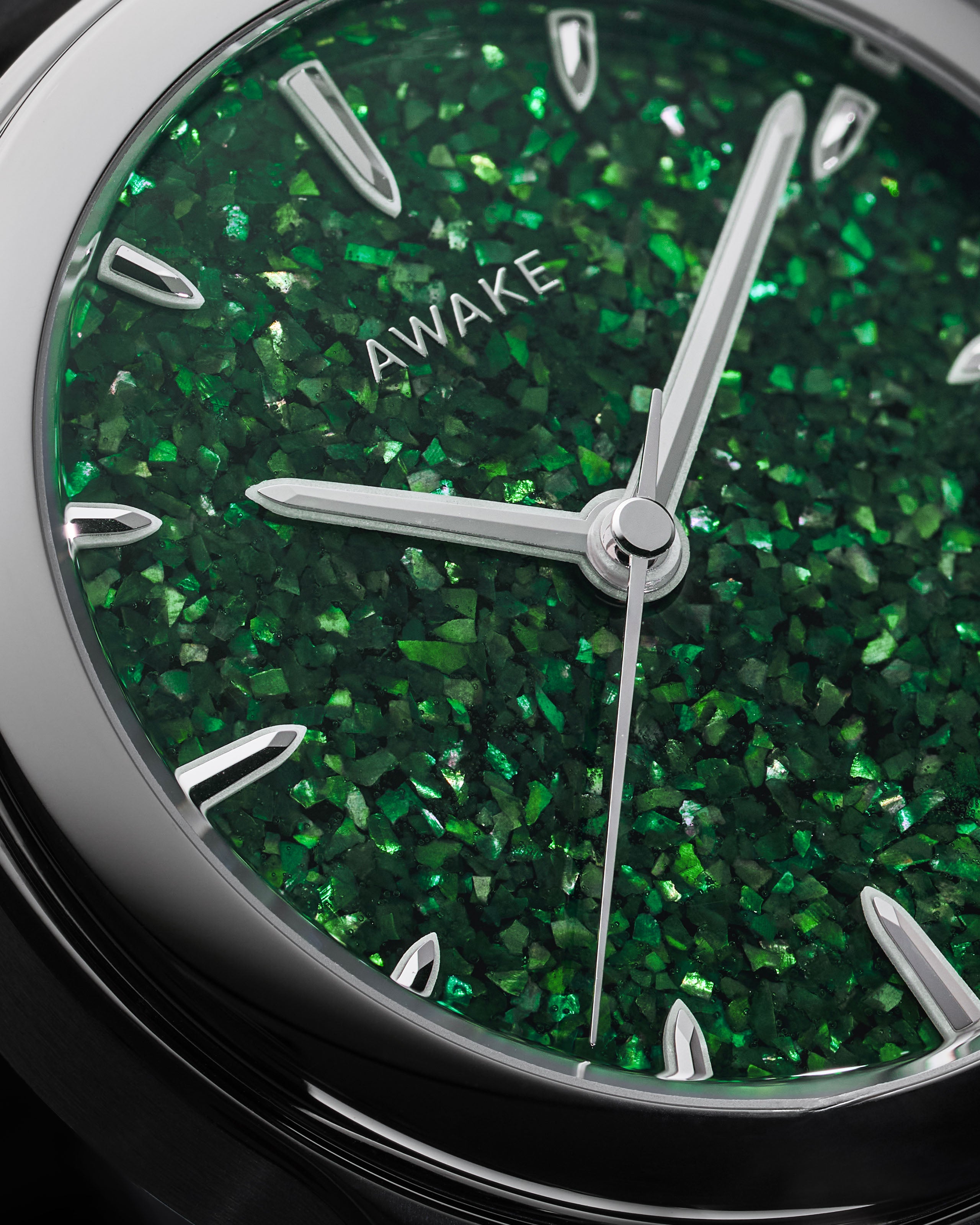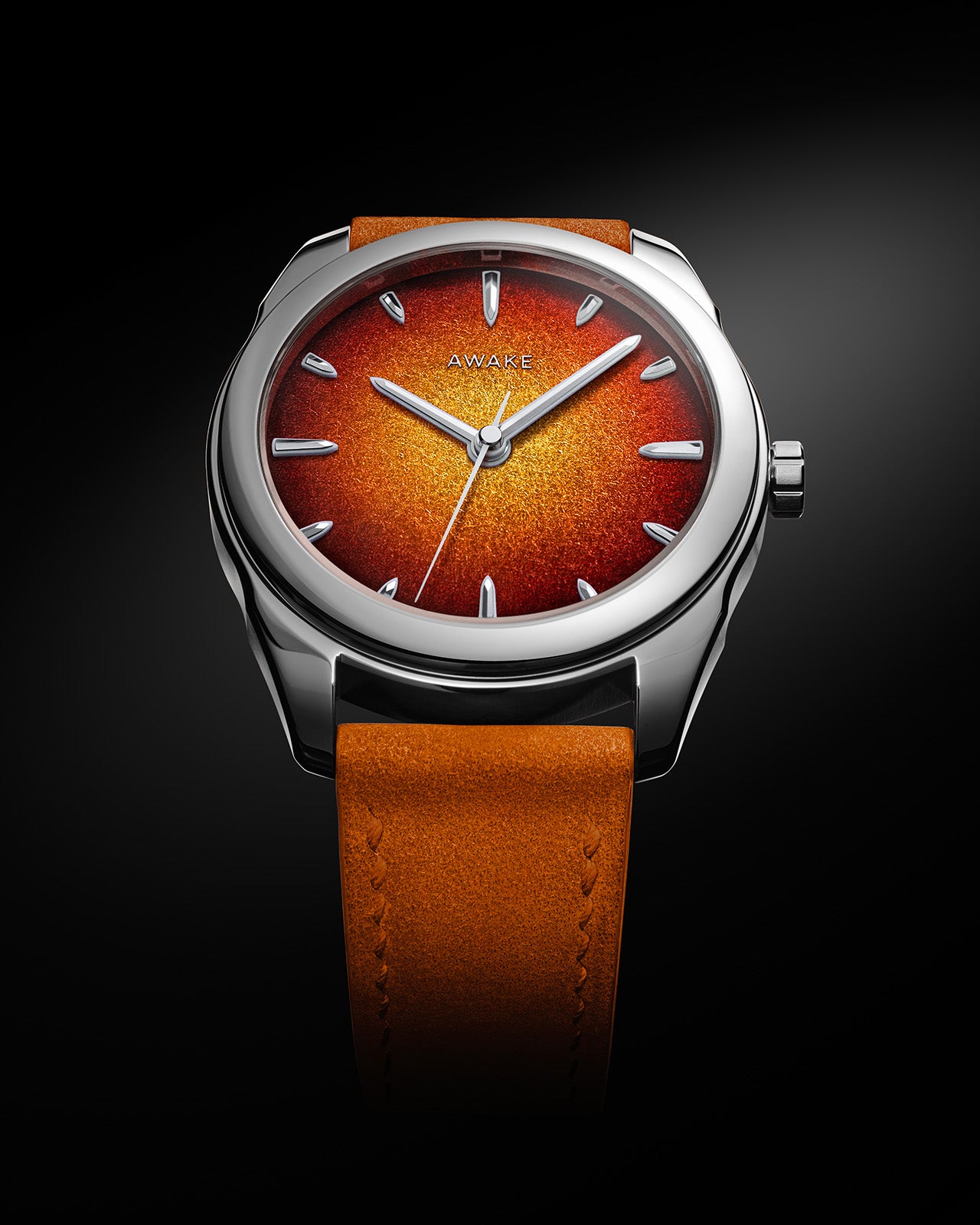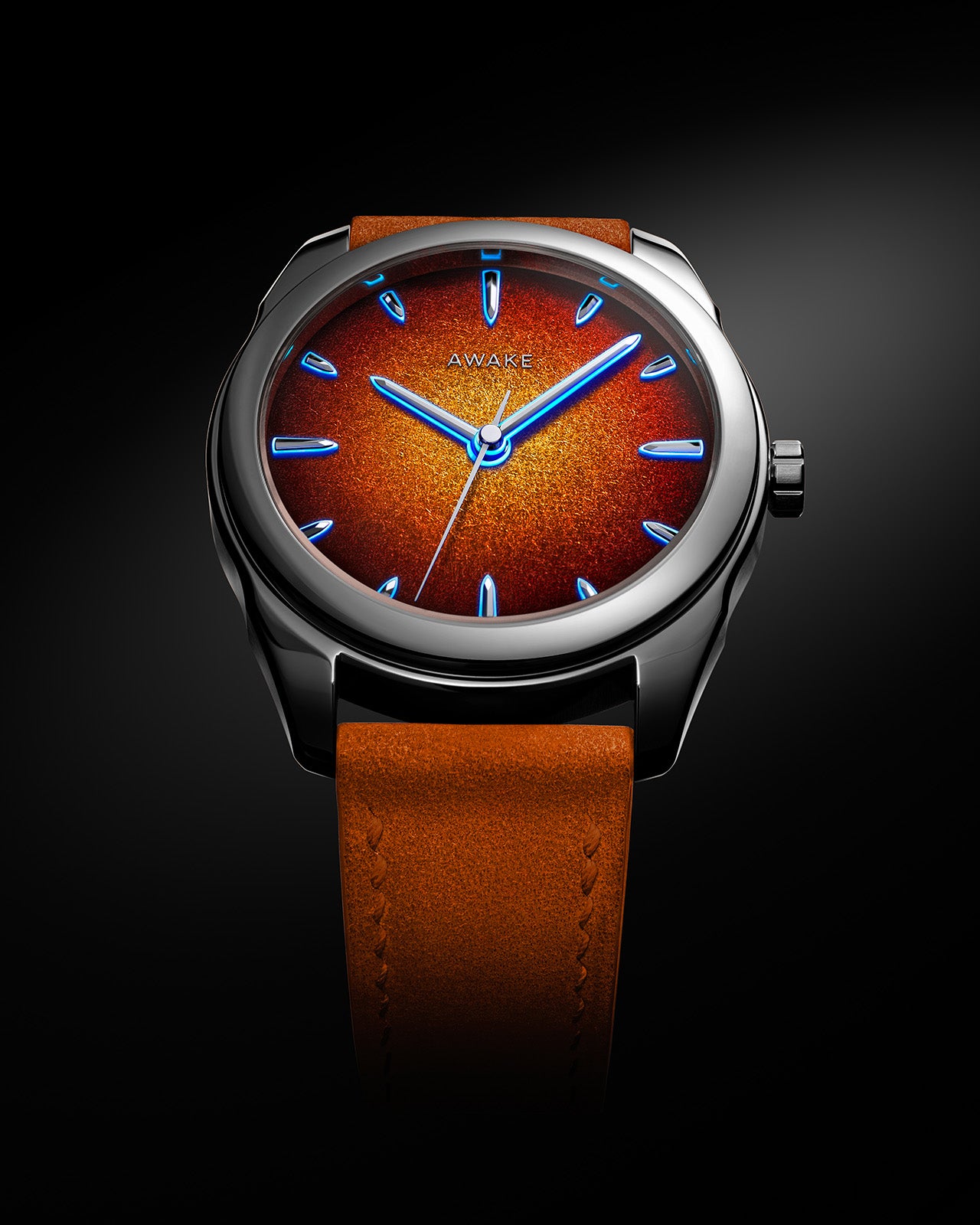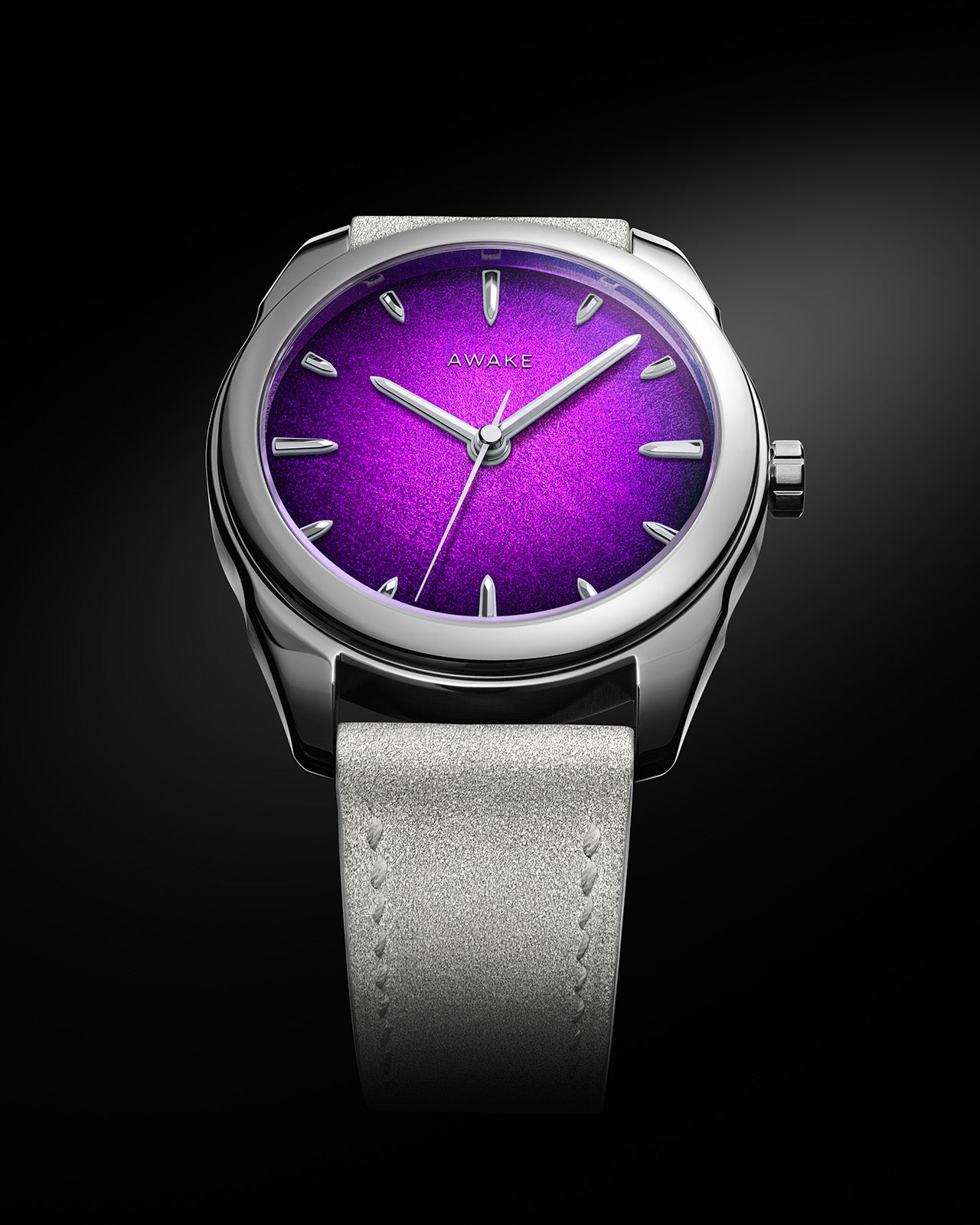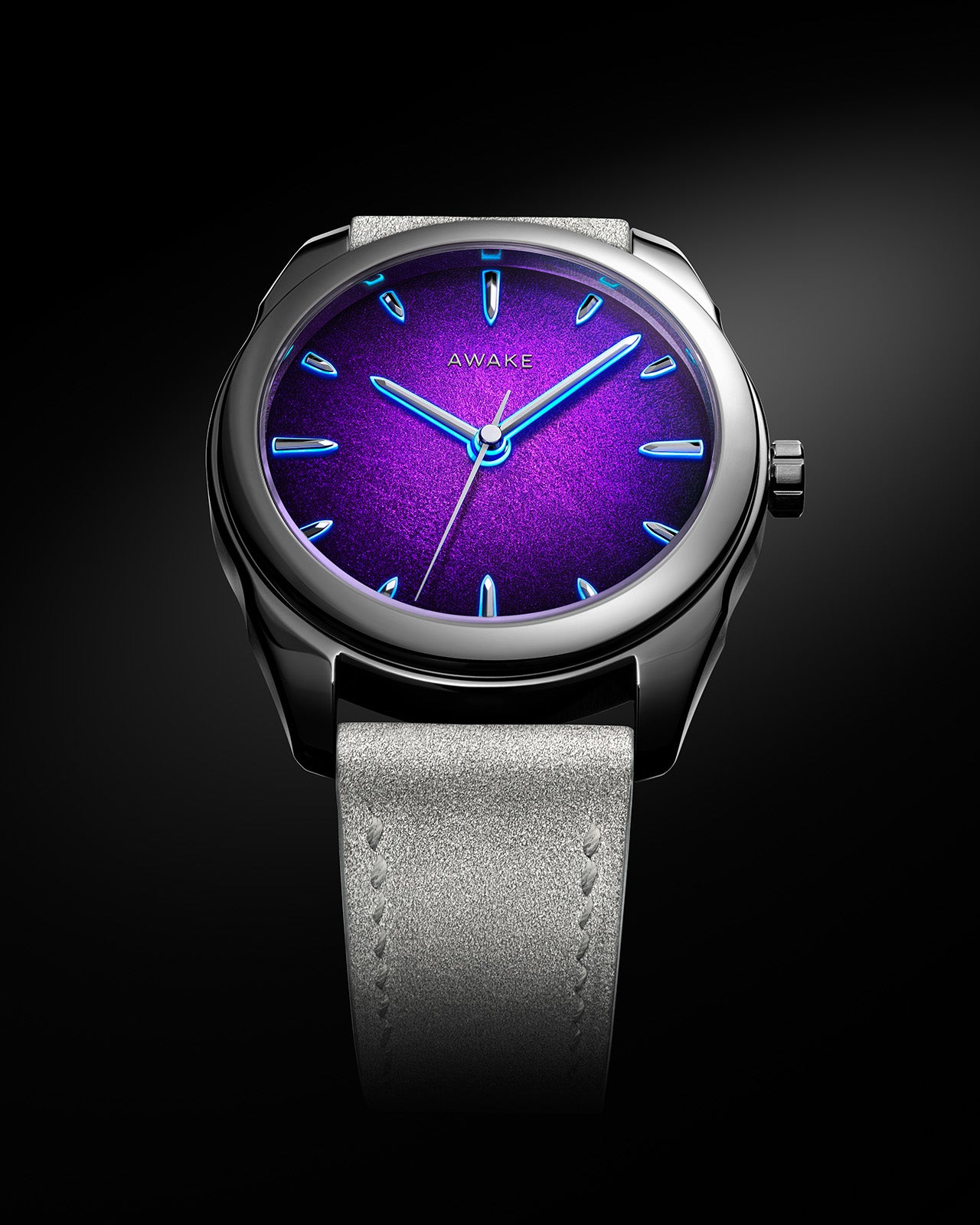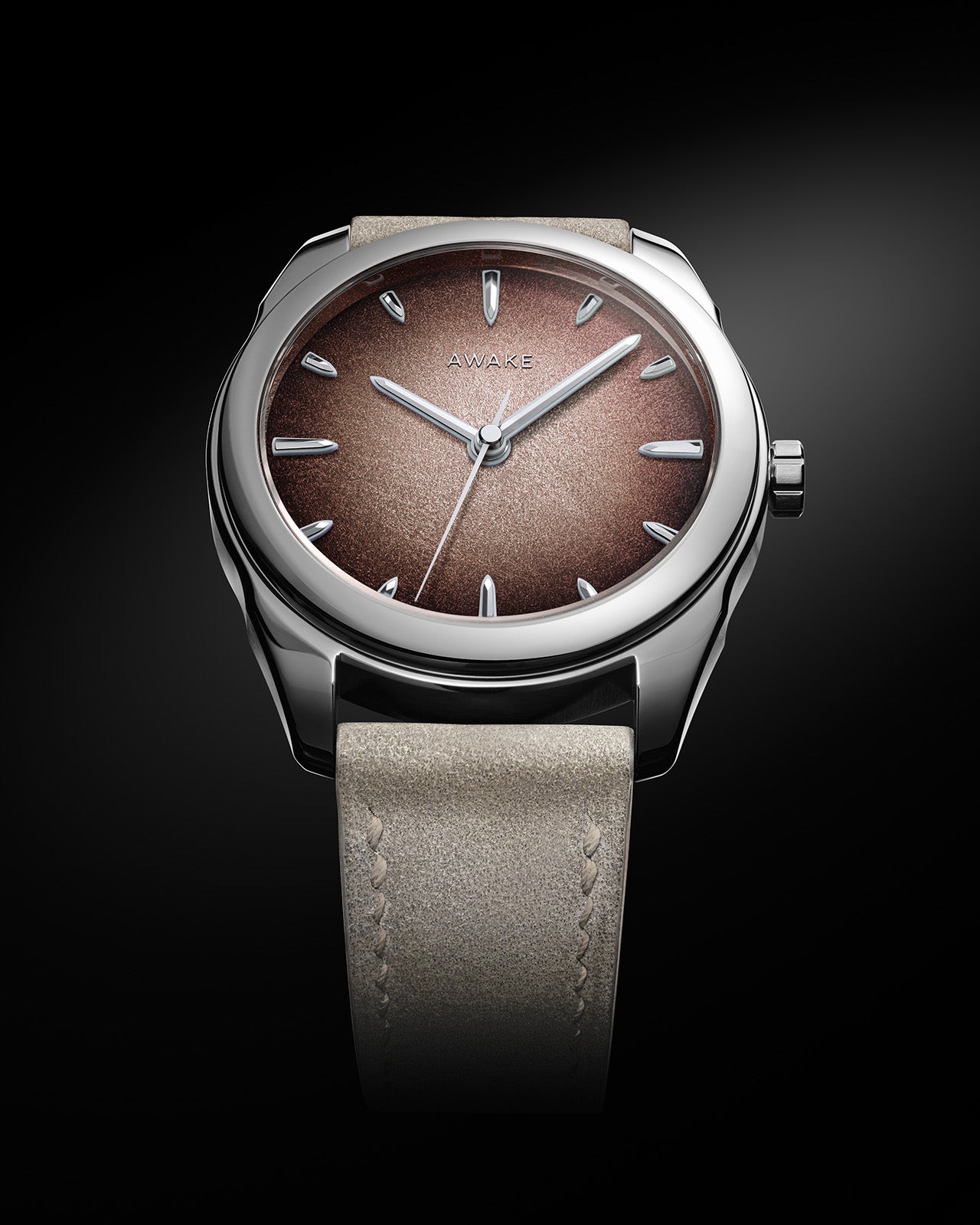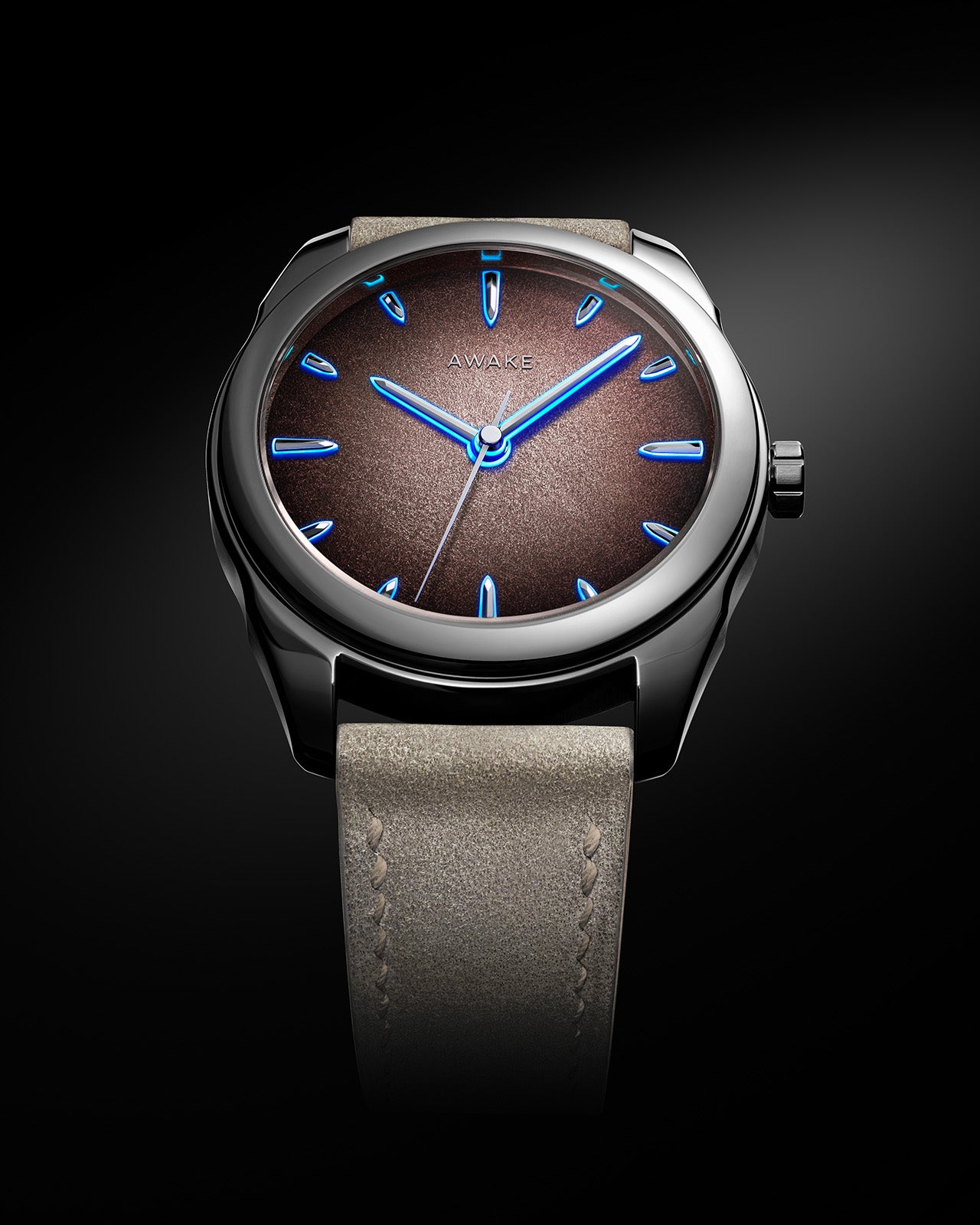Watchmaking is not about following rules — it’s about creating meaning.
We blend innovation with tradition, technology with craft, and precision with emotion.
We work with exceptional artisans whose gestures bring soul to each creation. Every dial, every surface, every texture holds a story — made not by machines, but by the human hand.
Our production is limited by design. Not to create scarcity, but to honour the time it takes to do things well.
Each piece is numbered, assembled with care, and made to last — in every sense of the word.
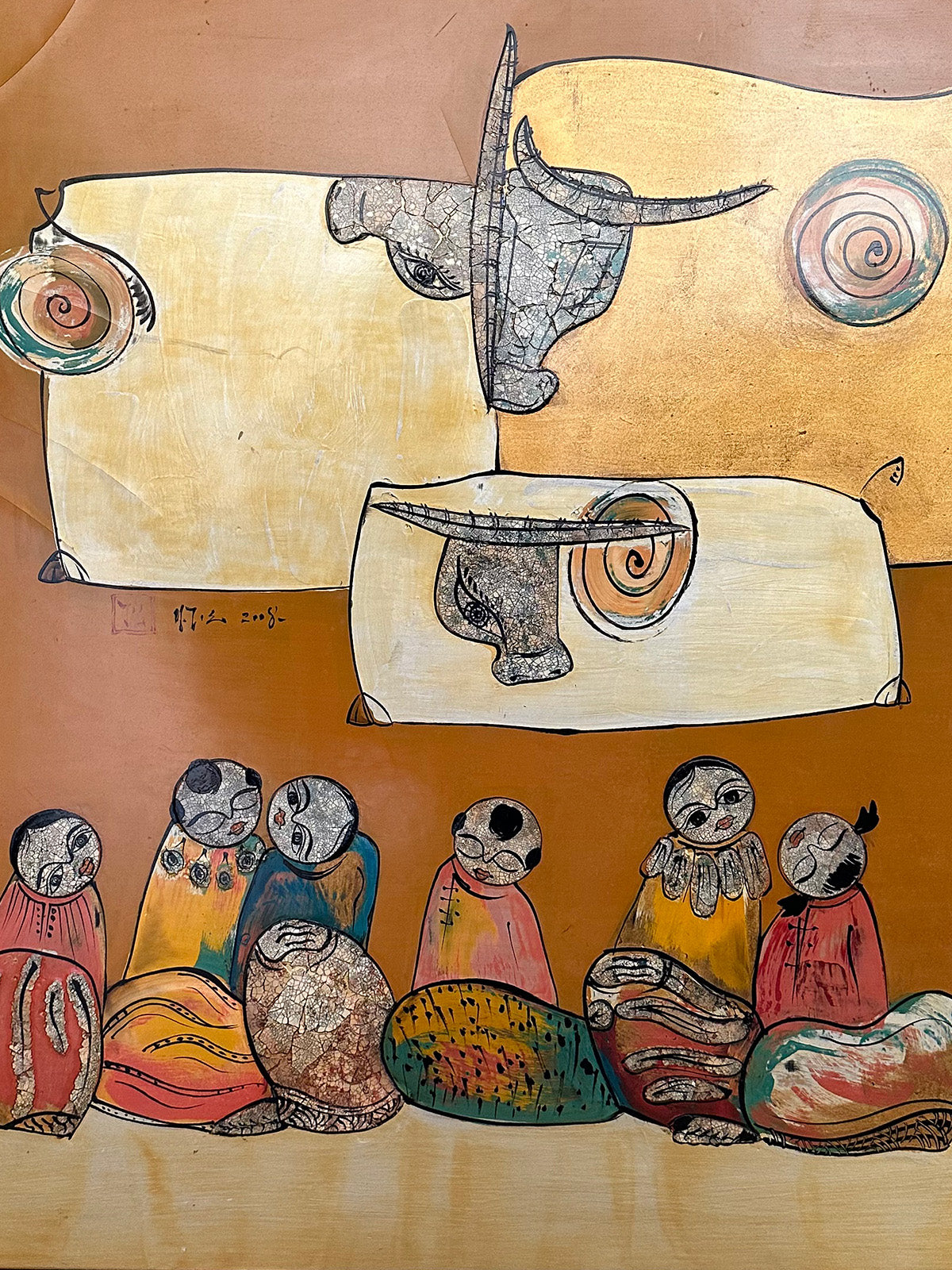
An Ancient Vietnamese Tradition
Lacquerwork is one of Vietnam’s oldest and most revered artistic traditions — a craft that spans thousands of years.
While other Asian countries like China, Thailand, Japan, and Myanmar have rich histories of vegetal lacquer, Vietnamese lacquer stands apart for its brilliance, depth, and cultural significance.
Blending Chinese influence with a uniquely Vietnamese aesthetic, it has earned its place in the world of fine arts. Its glossy, complex surfaces offer a glimpse into Vietnam’s heritage — poetic, luminous, and timeless.
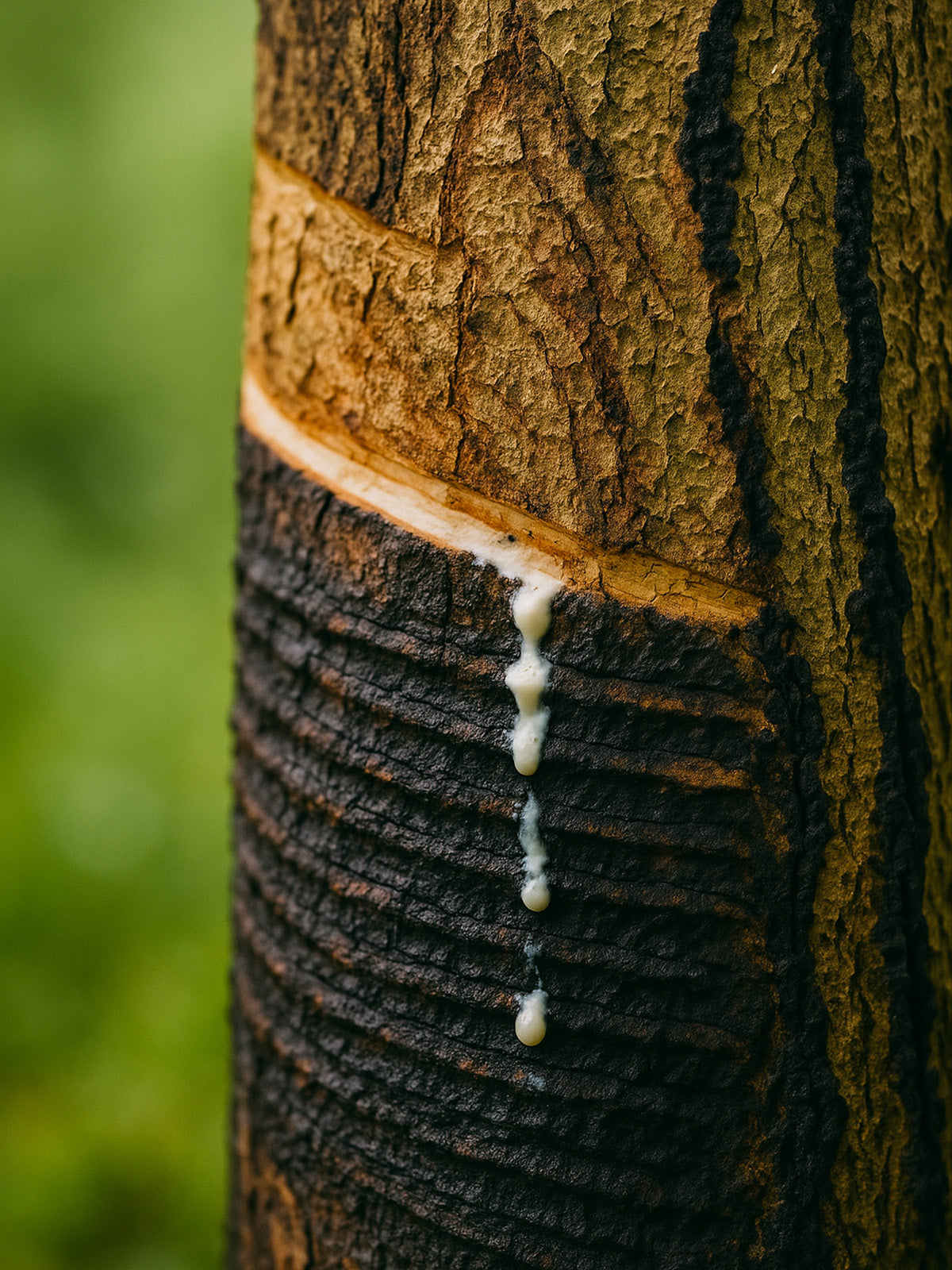
From Tree to Timepiece: A Ritual of Patience
It all begins in the northern forests of Vietnam, with the sap of the Rhus Verniciflua tree.
This natural lacquer — prized for its exceptional shine — is harvested with care, but only in small quantities: just 200ml can be collected from a tree that is over 10 years old.
The lacquer is drawn early in the morning, during the humid months of June and July. After extraction, it is refined, filtered, and dehydrated to become the precious transparent base used in lacquer art.
Into this base, we blend natural pigments — selected for their depth and vibrancy — to create the rich tones that define the Sơn Mài collection.
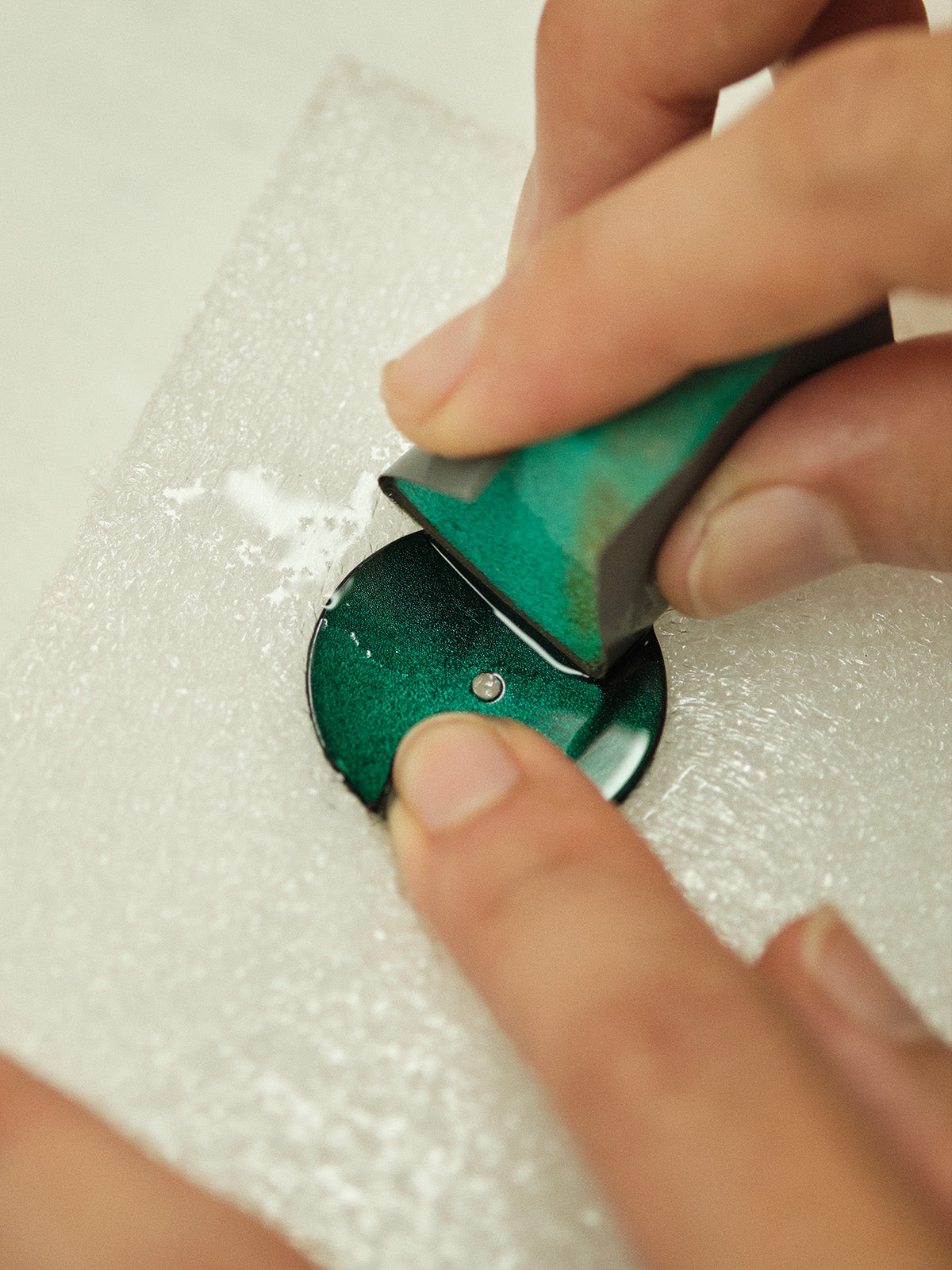
Layer After Layer, A Living Material
Each dial begins with a foundation of hand-applied pure silver leaf — a luminous canvas for what’s to come.
Dozens of layers of lacquer are then applied with elegance and precision.
After each application, the lacquer must dry under very specific humidity conditions (80% humidity is ideal), allowing it to harden and develop its signature durability and glow.
Every layer is then carefully sanded and mirror-polished before the next one is added — a meditative process that can take several weeks.
As the layers build, the lacquer reveals its nature: alive, expressive, and ever-evolving. The dial gains depth, brilliance, and character — becoming, quite literally, a landscape of time.
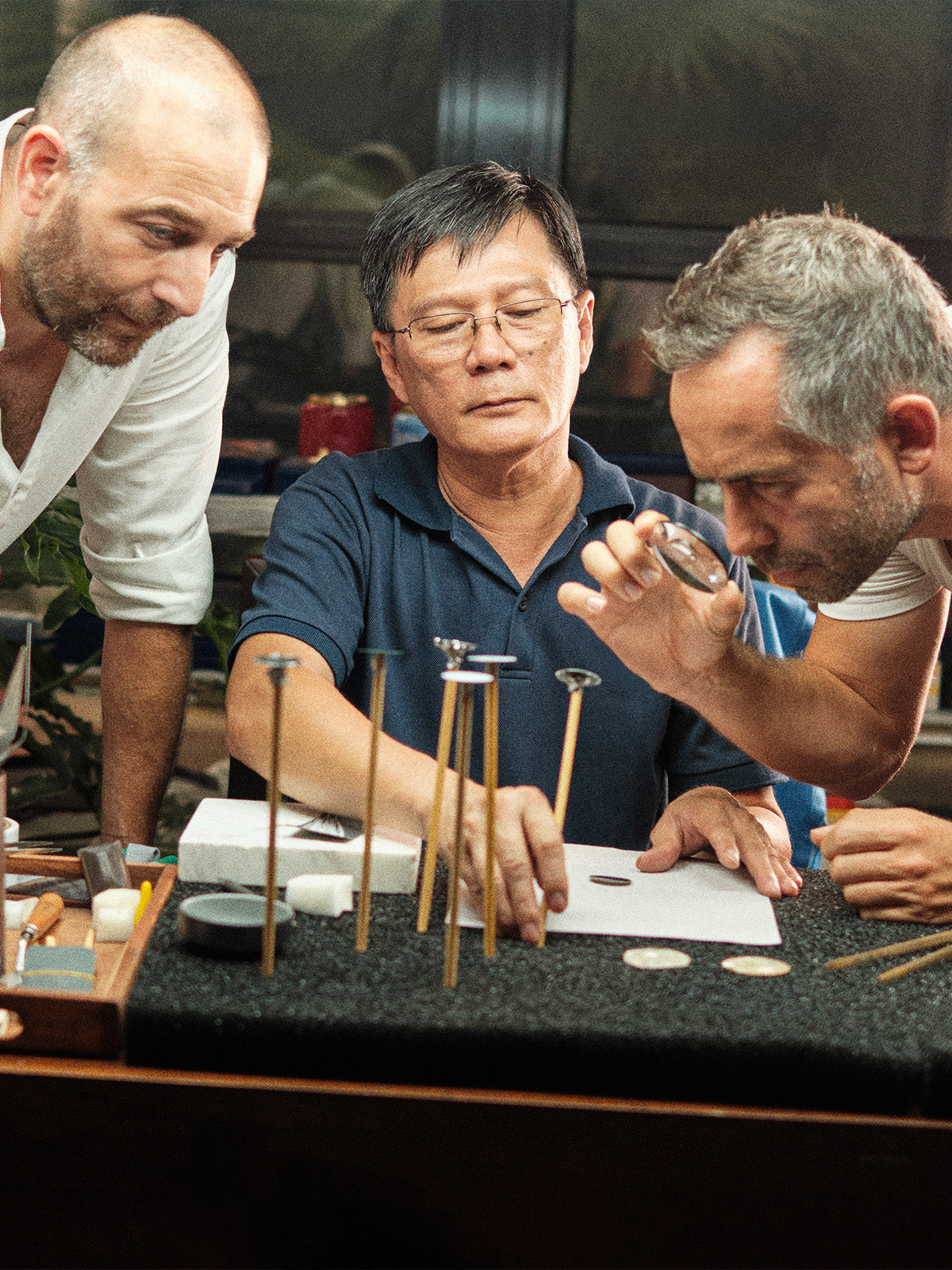
Crafted by Hand, Guided by Soul
The process is slow. Demanding. Precious.
It requires unwavering attention, great dexterity, and total presence from the artisans who carry it forward.
And yet, despite its complexity and cost, lacquer has endured — passed down through generations of artists committed to mastering its beauty and keeping its spirit alive.
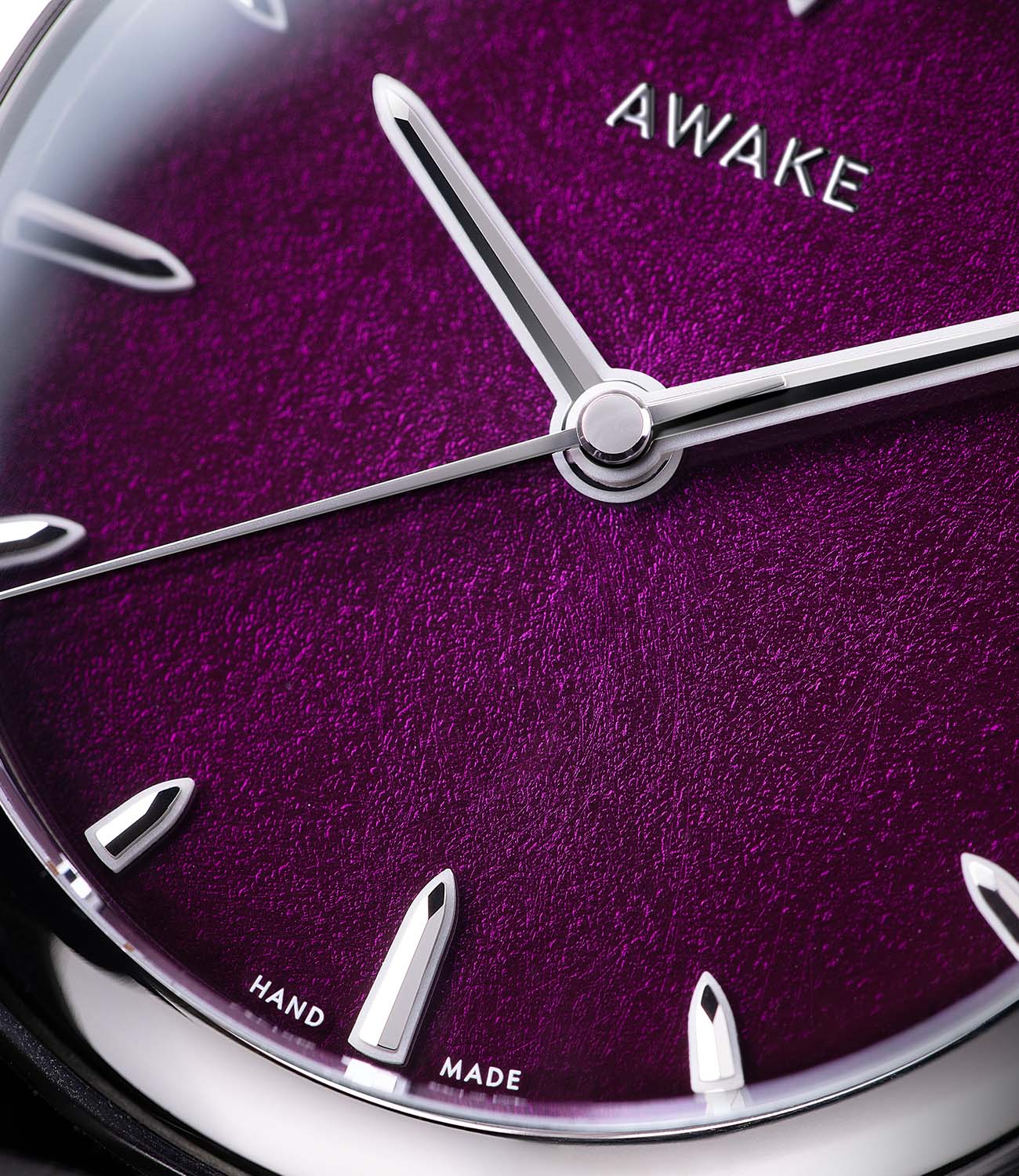
A Dial Like No Other
Each Sơn Mài dial is a world in itself.
It invites the eye to linger, to lose itself in reflections, color, and texture. To explore, to feel, to pause.
These dials were created not just to tell time — but to create moments. Moments of stillness. Of inner peace. Of wonder.
Because true luxury is not about excess — it’s about meaning.
And nothing is more meaningful than time well spent, beautifully made.
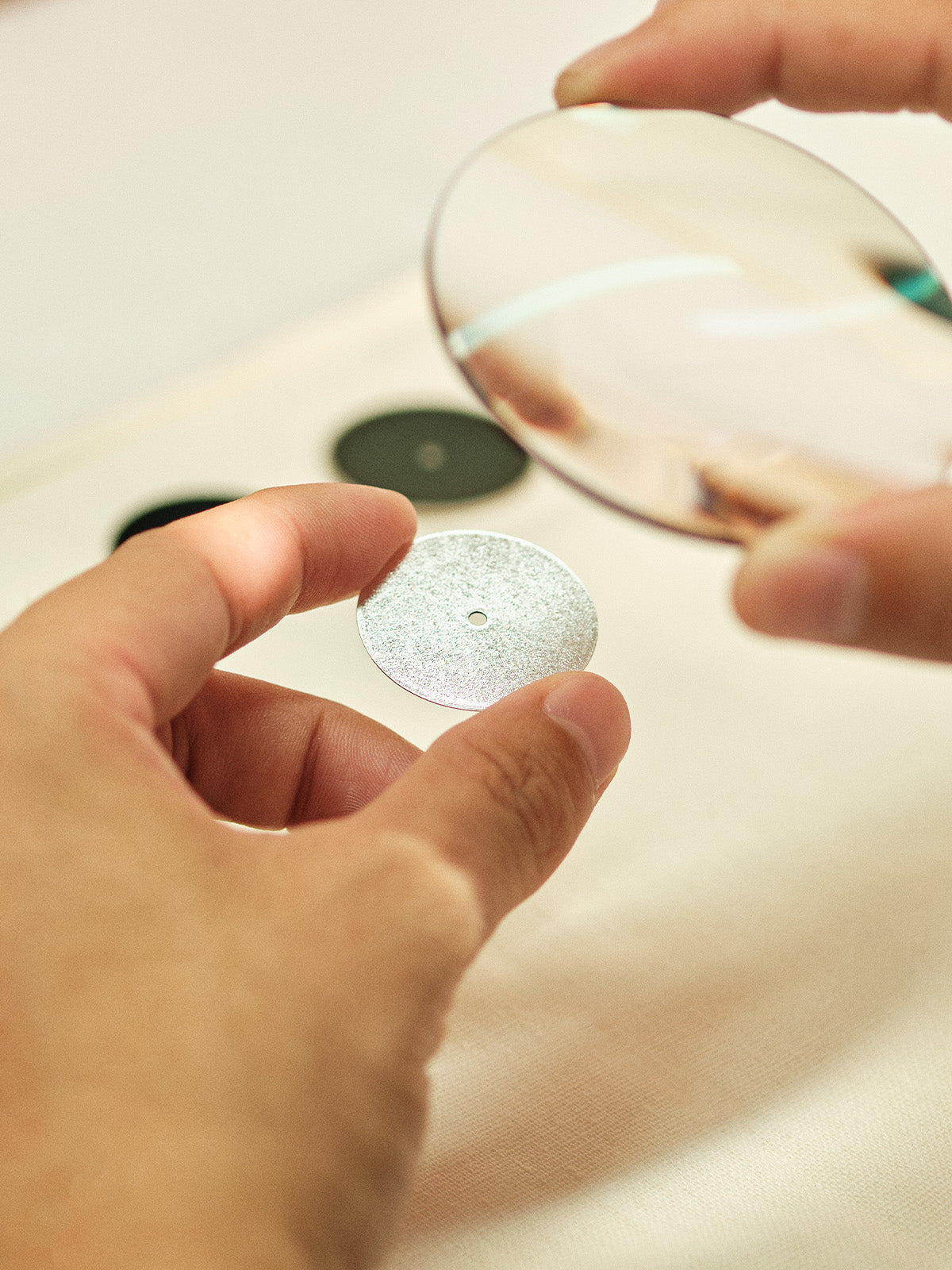
The brilliance behind every Sơn Mài dial
To create a truly immersive and introspective visual experience for the Son Mai collection, we chose to incorporate a delicate and time-honoured technique: the application of pure silver leaf.
This centuries-old craft, rooted in Vietnamese heritage, brings a depth and glow to each dial — transforming it into a reflective, emotional landscape.
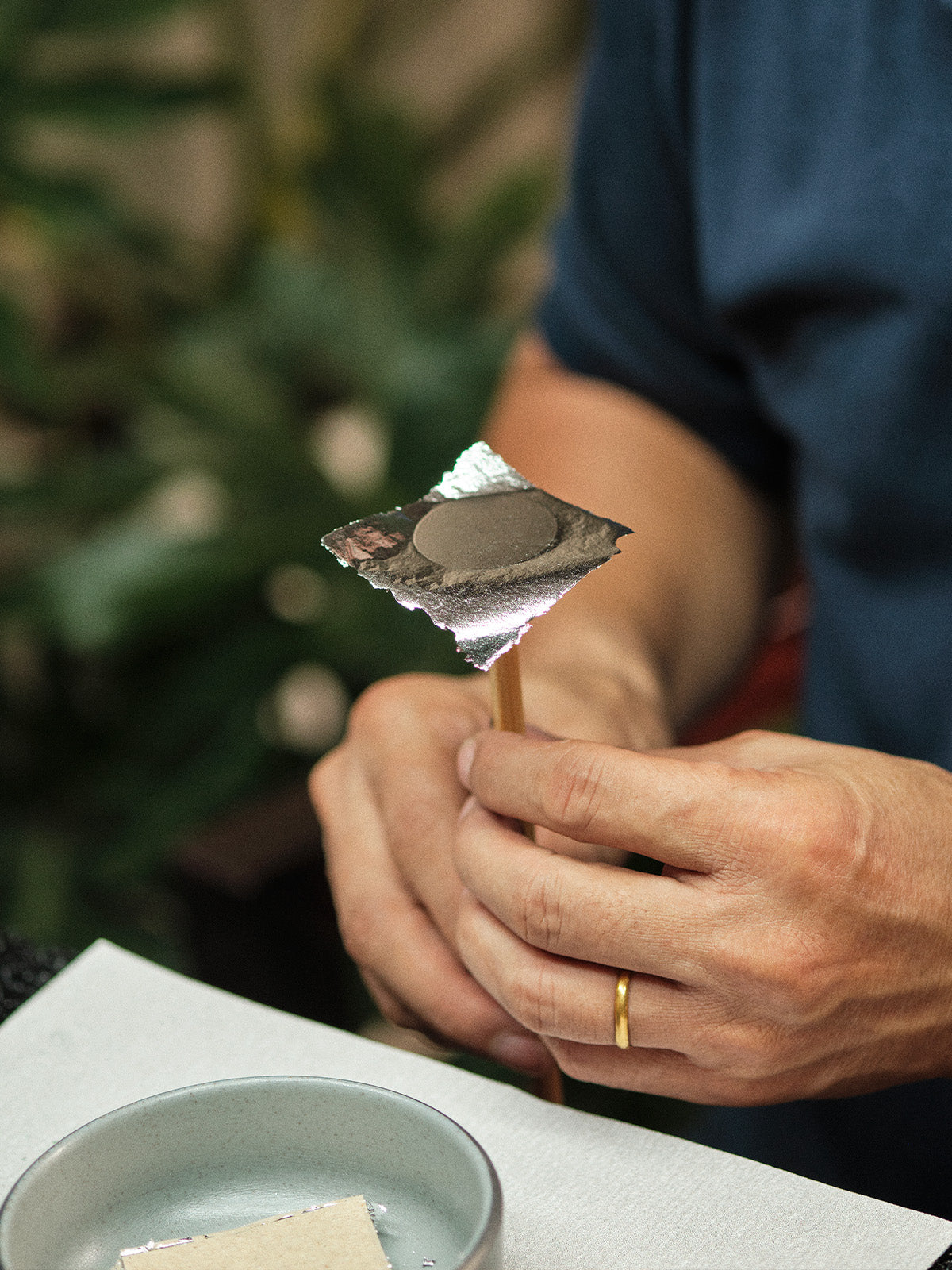
A living heritage from the village of Kieu Ky
The art of silver and gold leafing — known locally as laminage — dates back more than 300 years, to the Le dynasty (1428–1789), in the village of Kieu Ky on the outskirts of Hanoi.
Historically, this craft flourished, supplying fine gold and silver leaf for religious artefacts, Buddhist statues, imperial thrones and sacred paintings. Though it nearly disappeared in the 20th century, laminage has seen a revival in recent years. Today, around fifty families in Kieu Ky are keeping the tradition alive.
Now officially recognised as one of Vietnam’s eight national intangible cultural heritages, the art of leafing is meticulous and highly specialised — involving patience, skill, and a deep reverence for material.
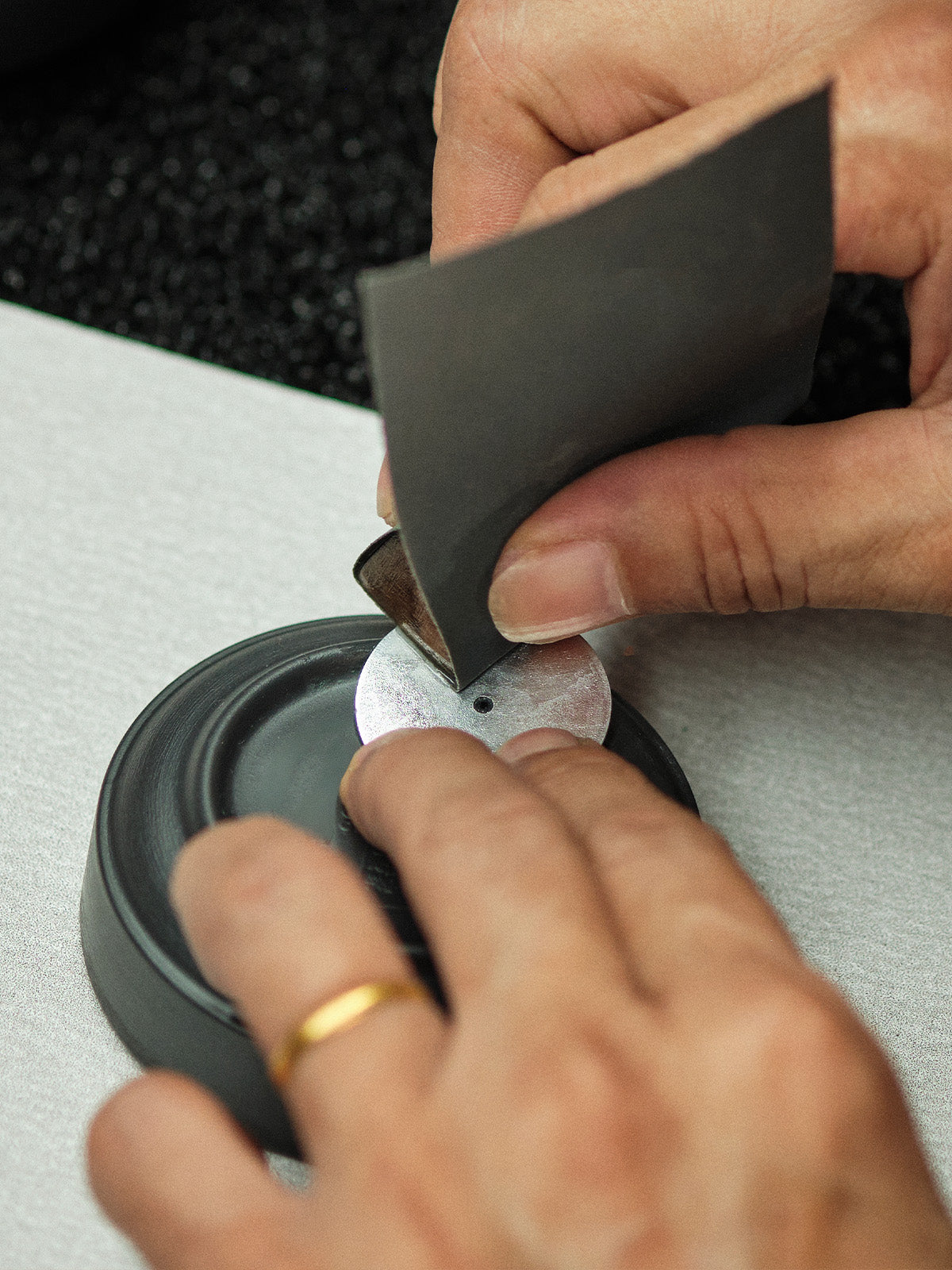
A process of precision ...
Gold or silver bars are hammered tirelessly by hand, using a special mallet, until flattened into ultra-thin sheets. These are cut into small squares and layered onto dong paper — a traditional handmade paper made from Do tree bark — before being hammered again to achieve their final thinness and brilliance.
At this stage, the silver leaves are ready to be applied to the dial.
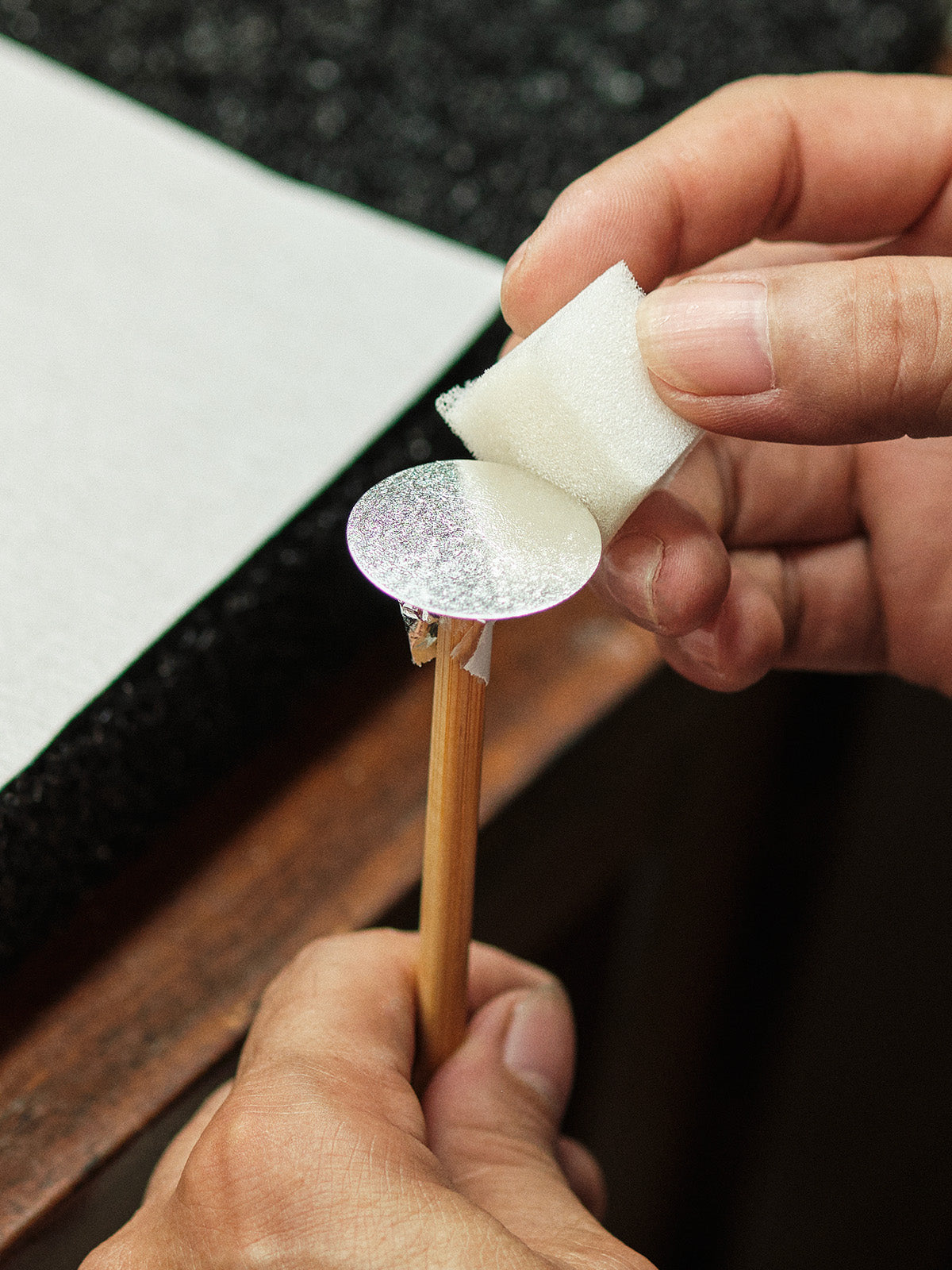
... and poetry
The gilding process is both delicate and demanding: a soft, wide-bristle brush is used to lay the leaf onto the dial. The room must be sealed during this step — a single breath could disturb the placement.
A second, firmer brush removes the excess leaf around the pattern, revealing an intricate texture and luminous relief.
To enhance the visual effects, natural pigments are airbrushed over the silver. A first layer of natural lacquer fixes the texture and halts the silver’s natural oxidation. Then, layer by layer, up to ten coats of lacquer are applied — each one adding depth, brilliance, and lasting protection.
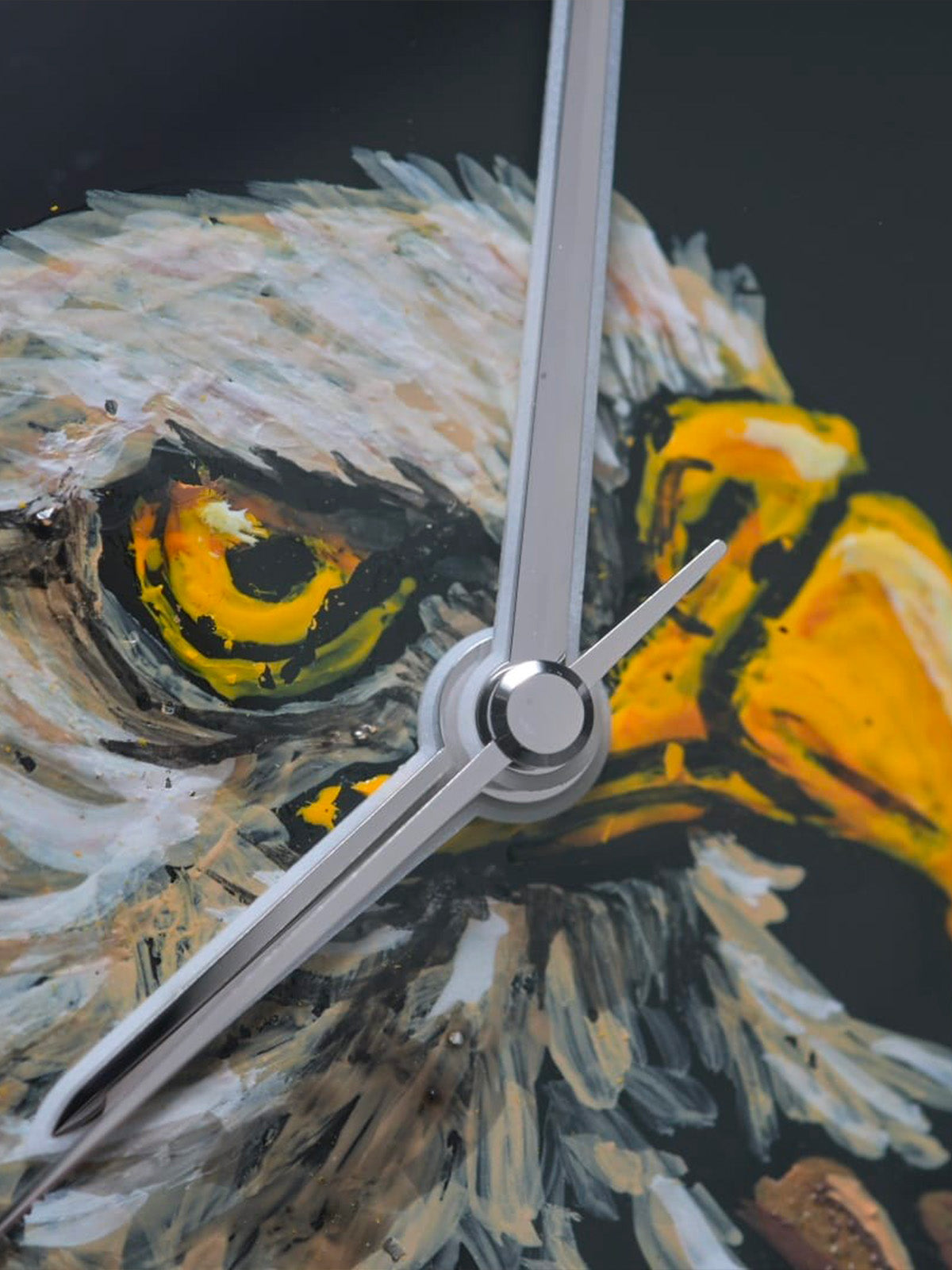
A tradition rooted in watchmaking’s artistic heritage
Miniature painting has long been associated with the decorative arts of fine watchmaking.
Historically used to adorn enamel dials, cases, and medallions, it was a way to elevate the object beyond its function — into the realm of emotion, culture, and narrative.
Today, this practice endures thanks to a small circle of artists whose mastery allows them to paint, by hand, details smaller than the head of a pin.
With ultra-fine brushes, natural pigments, and a magnifying lens as constant companion, they work in silence and full presence — sometimes for weeks on a single dial.
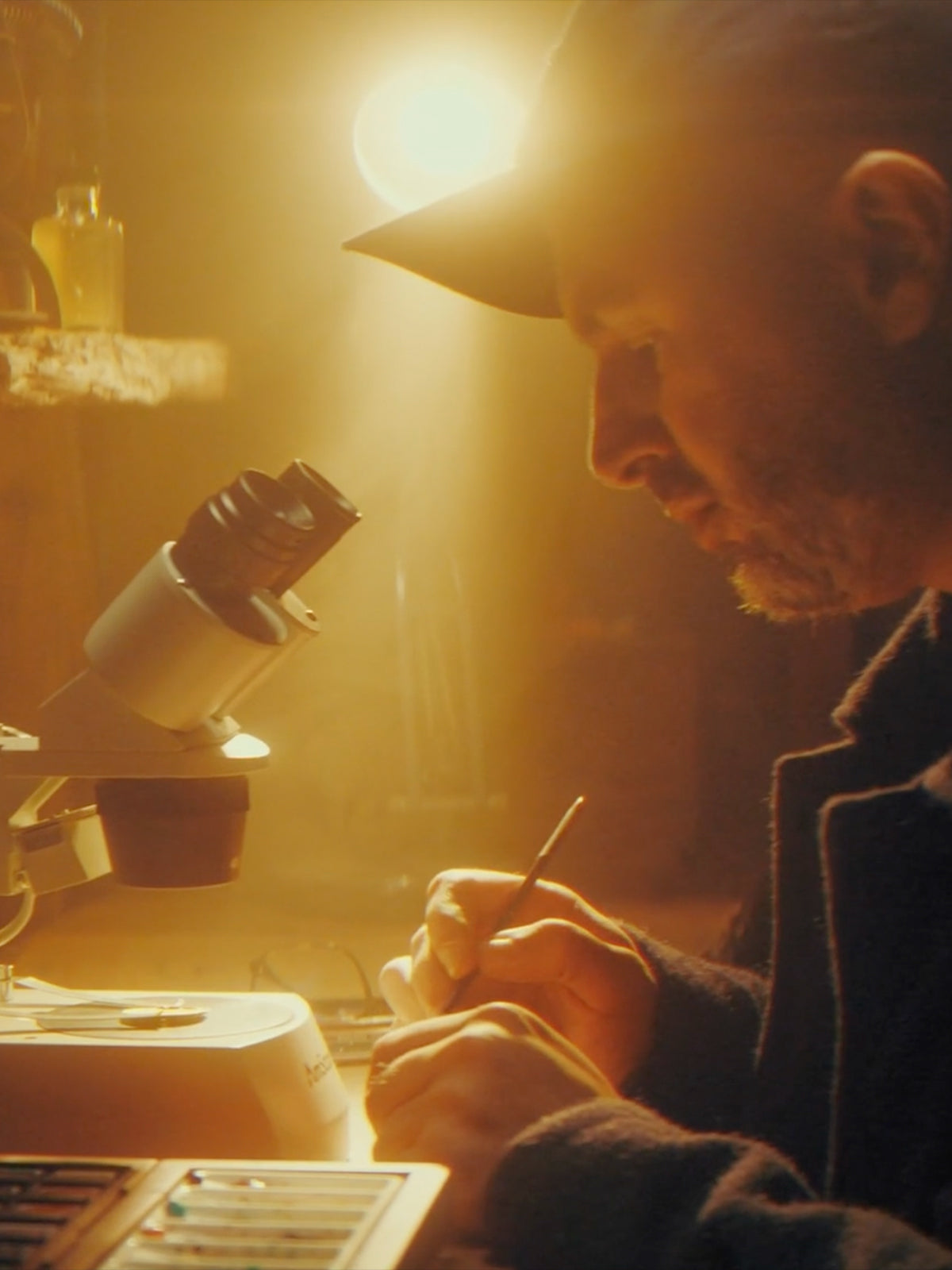
The human hand, at the heart of the piece
Every line, every gradient, every glimmer is the result of the artist’s hand — not a machine.
There is no automation, no repetition — only time, concentration, and emotion translated into colour and light.
For our Métiers d’Art projects, we collaborate with gifted miniature painters who understand not just the technique, but the spirit of the work: to offer a singular experience, where each dial becomes a one-of-a-kind expression of beauty and intent.
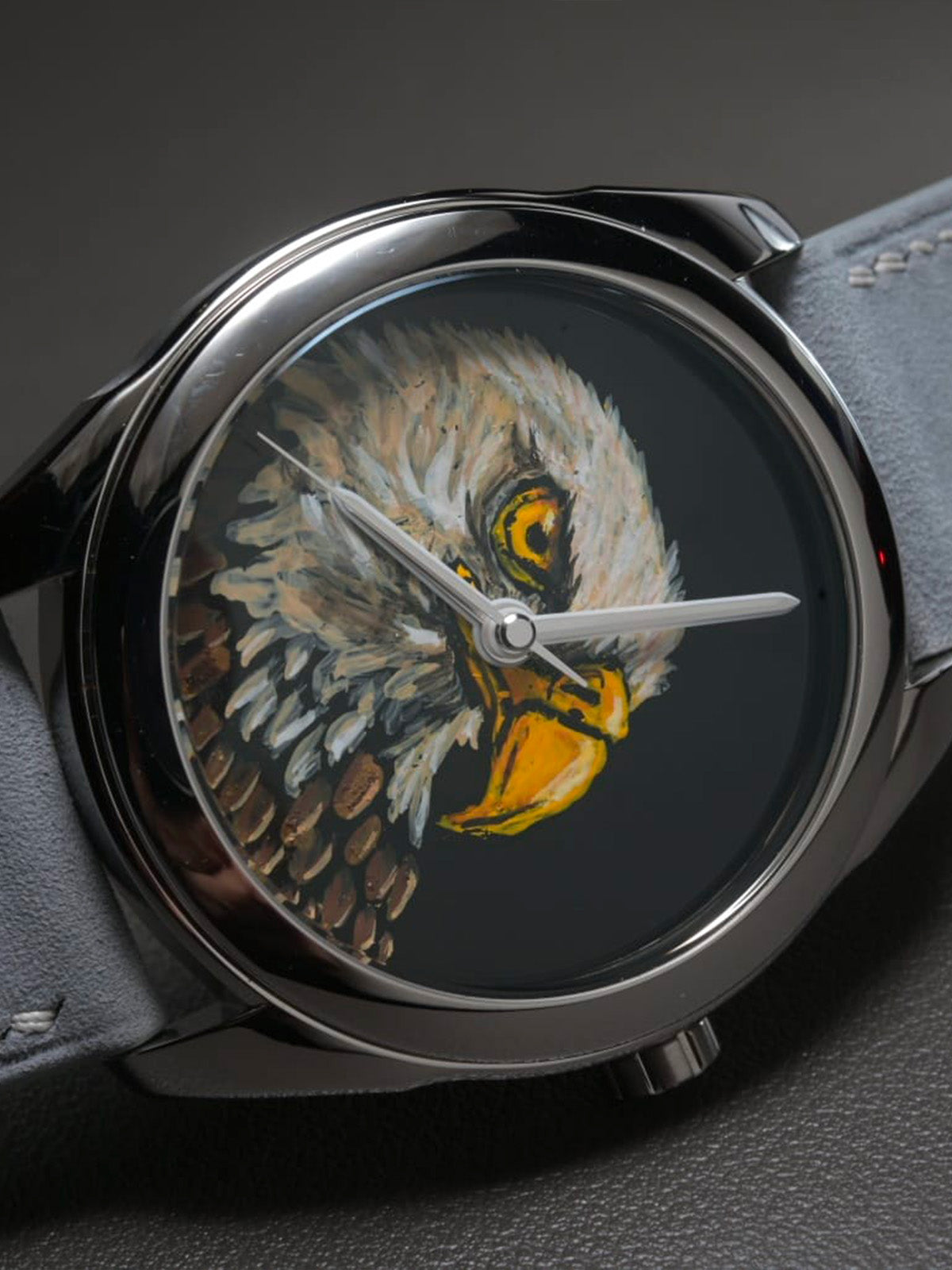
A different kind of time
To wear a dial painted by hand is to carry a fragment of artistic time — slow, intentional, meaningful.
It’s an invitation to look closely. To pause. To reflect. To rediscover the poetry of detail in a world that often moves too fast.
At AWAKE, we believe this is the true definition of luxury: Not opulence, but presence. Not abundance, but depth.
Because time, like art, should always be felt — not just measured.



